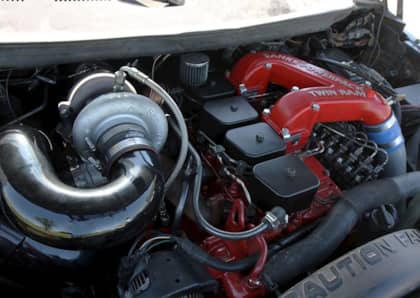The End of Automotive Trends? How Social Media Has Changed the Car Scene Forever
No, we’re not just getting old, time seems to move faster these days. It’s partially due to the way we spend much of our lives online — satiated by algothrims and scrolling endlessly through our feeds. Whether a news event, a funny meme, a song, or the latest viral personality, we now view everything through cycles that last a week or two (at the most) before something else takes its place.
Much of this ties into a cultural phenomenon dubbed “flattening”: a social media and algorithm-fueled shift in the way we consume everything. It’s had a profound impact on modern culture, and car culture is no exception to this.
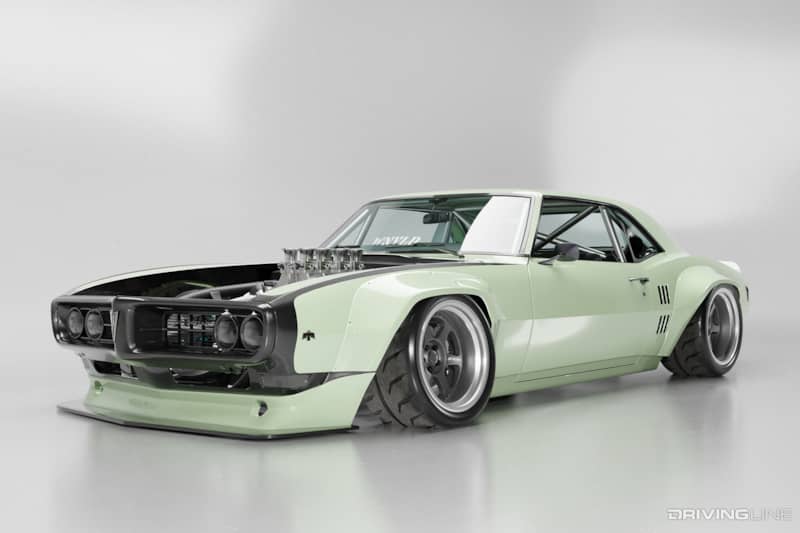
Digital Speed
I’ve been collecting and reading a lot of old car magazines lately. I paid close attention to the covers and flipped through the pages of these dusty old magazines and noticed a distinct sense of eras and styles. Moving through the years of mags, I could watch the evolution of styles, but it changed slowly.
Imagine a single car, something common like a 1955 Chevy, and watch how the popular, modified versions of that car would evolve through the decades.
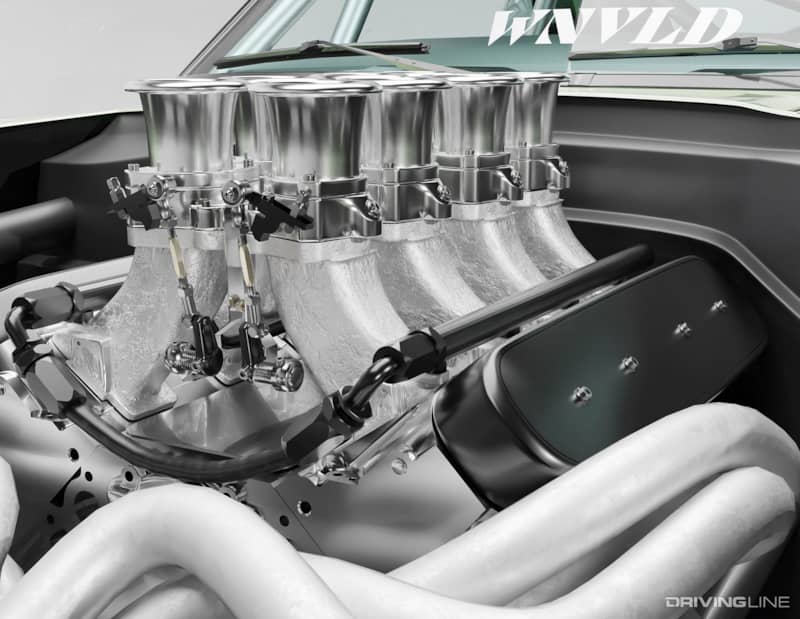
In the mid ‘50s that Chevy was brand new. Typical styles for the ‘60s could see it as a lowered custom or stripped-down quarter mile warrior. The ‘70s street machine would include huge rear tires and Cragar wheels. The ‘80s would have brought pastel graphics and a tweed interior. In the ‘90s, a “Pro Street” build was all the rage, and in the 2000s we saw Pro Touring or “G-Machine” build styles.
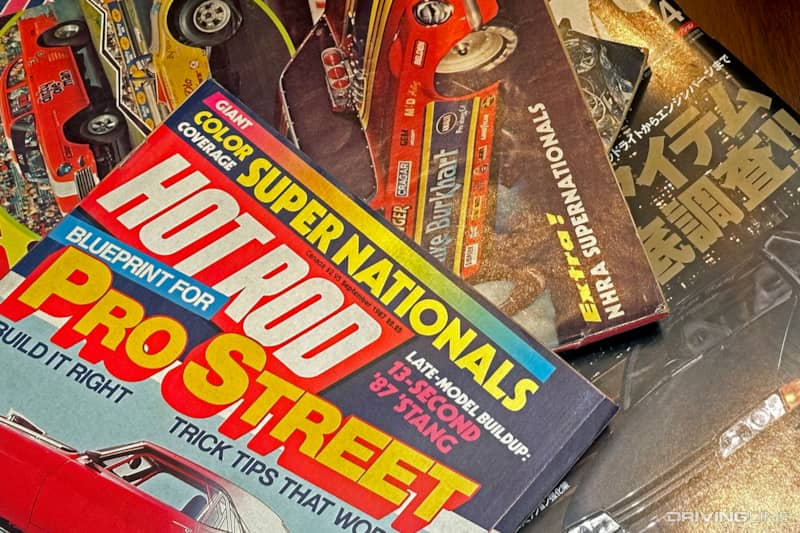
All through this time there were builders, trendsetters, influencers and movements spreading across car culture — some aging better than others, some impactful and some we wish never happened. But each movement or trend took time to mature and spread before it evolved into or was taken over by something else.
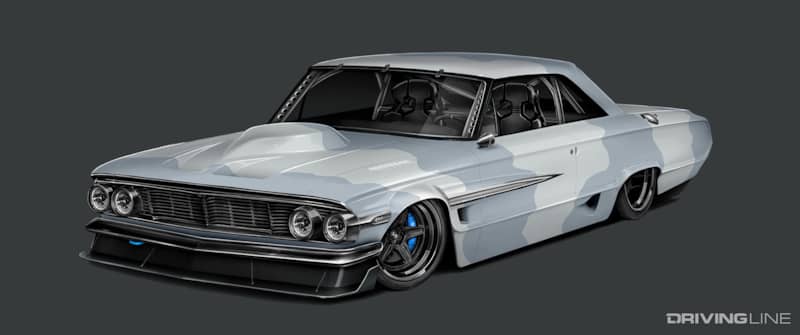
No Time to Trend
This was basically how things went until the 2000s when the internet began to change things, and then things truly transformed content with the rise and dominance of social media. Thinking back on the early social media period, the last distinct car culture “trend” I can remember is the “stance” movement.
Stance was a style in the late ‘00s and early ‘10s where wild camber, stretched tires and ground-kissing ride heights were extremely popular. Its rise and fall coincided with the explosion of social media in the 2010s.
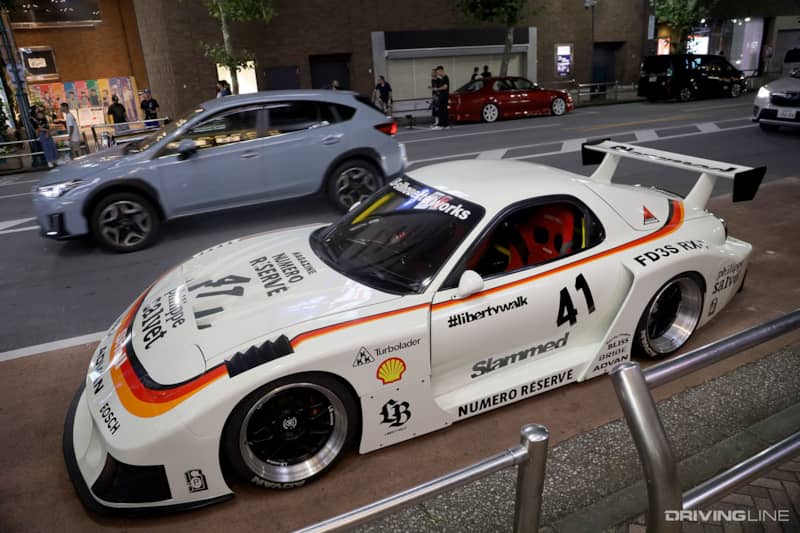
It’s not that social media has made car enthusiasts less active. It’s probably made them more active if anything. But things come and go so quickly now that there’s rarely time for a real “trend” to develop. Look at the current automotive personalities — nearly all of whom are YouTubers, you’ll find massive audiences and massive amounts of content created and quickly consumed.
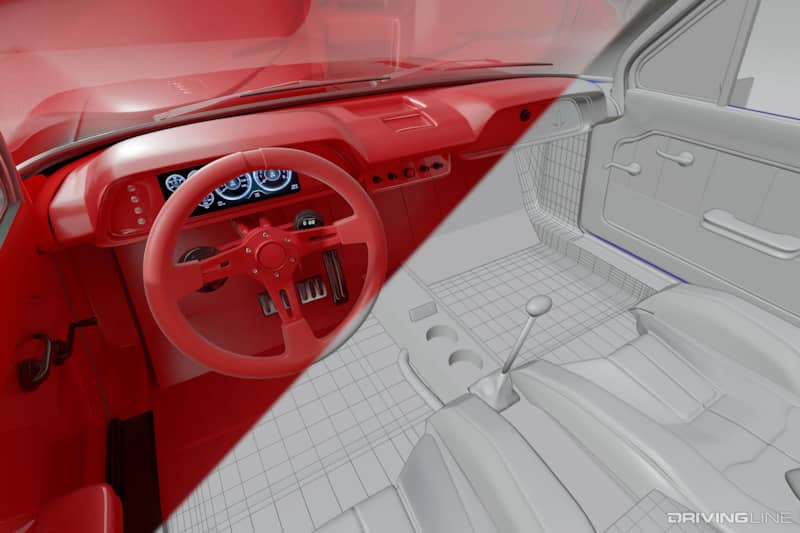
Built to Last?
Yes, some amazing cars are built and wild adventures are had, but the creators will tell you, as soon as one stunt or build is done, it’s on to the next.
Increasingly, these builds are for shock value rather than long-lasting appeal or as a realistic aspiration for everyday enthusiasts. It feels like car culture has reached a plateau or flat spot.
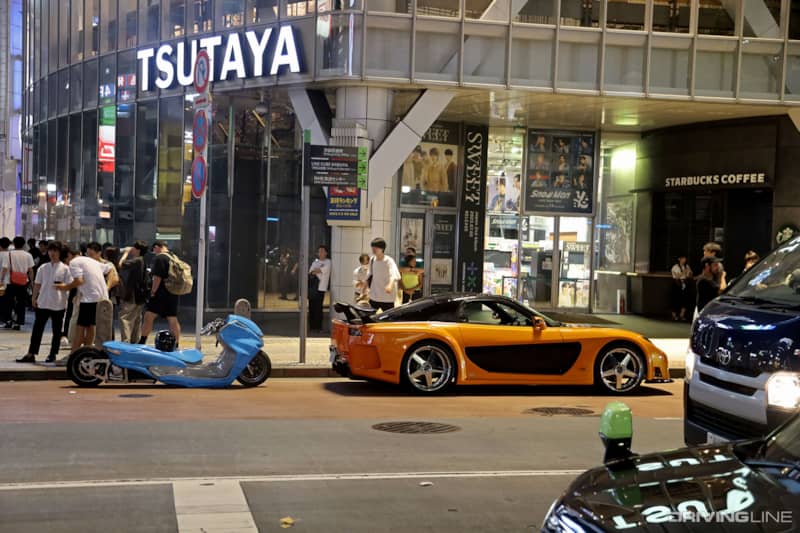
Now, nearly halfway through ‘20s it will be interesting to see if we’ll continue down the road where “trending” social media culture has ironically taken away the space for any organic or defined new automotive movements to emerge.
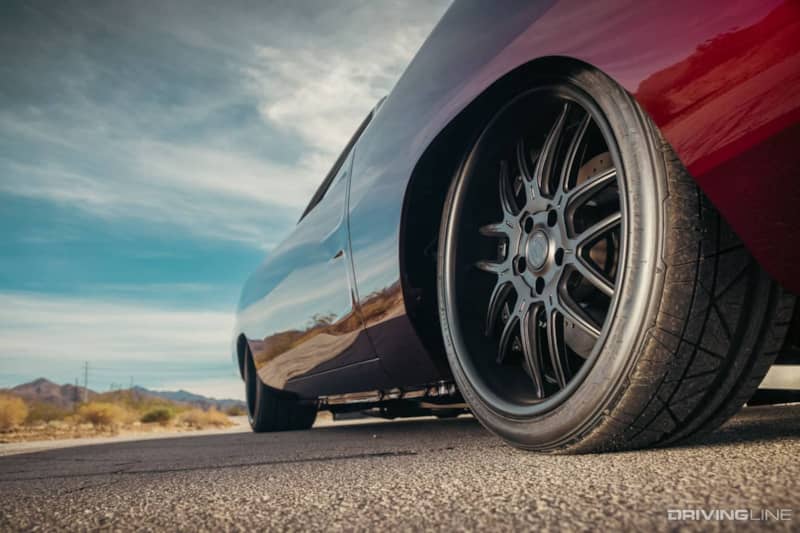
What do Modern Car Designers Think?
We reached out to a few of our favorite car designers, artists and automotive influencers, Jon Sibal and Andreas Wennevold, to get their takes on the state of the industry and how things like social media and AI have impacted car culture.
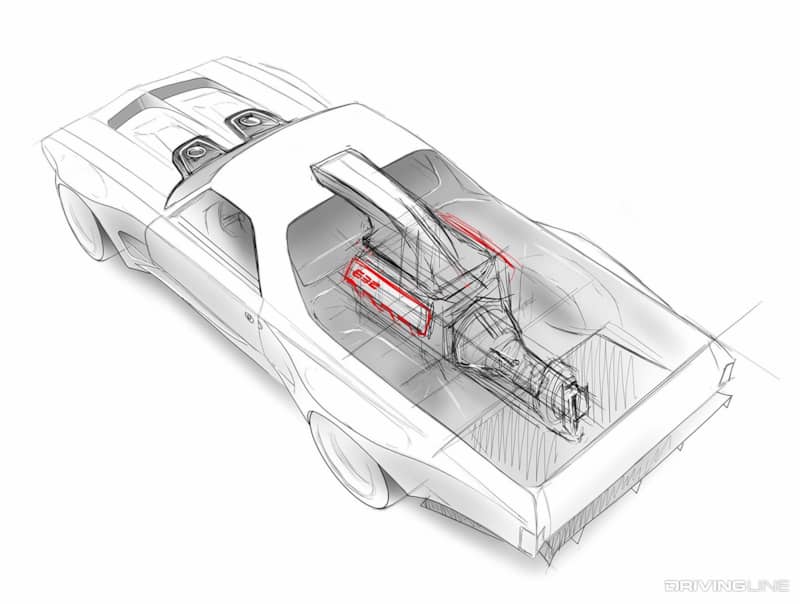
Is there a recent defining style or trend that you associate with car culture and the aftermarket of the 2010s? What about the 2020s so far?
Jon:
One of the defining aftermarket trends of the 2010s is when Rocket Bunny/Pandem basically took over the widebody game for import cars with the release of the FR-S/ BRZ kit. It dominated the scene so much that it generated a lot of fakes and replicas reminiscent of Veilside's influence back in the mid 90s to early 2000s.
In 2020’s, past trends live on, but due to social media, the desire to do it bigger and wilder became more valued. The more exaggerated and more controversial the builds are, the more it motivates others to do it for the “views”.
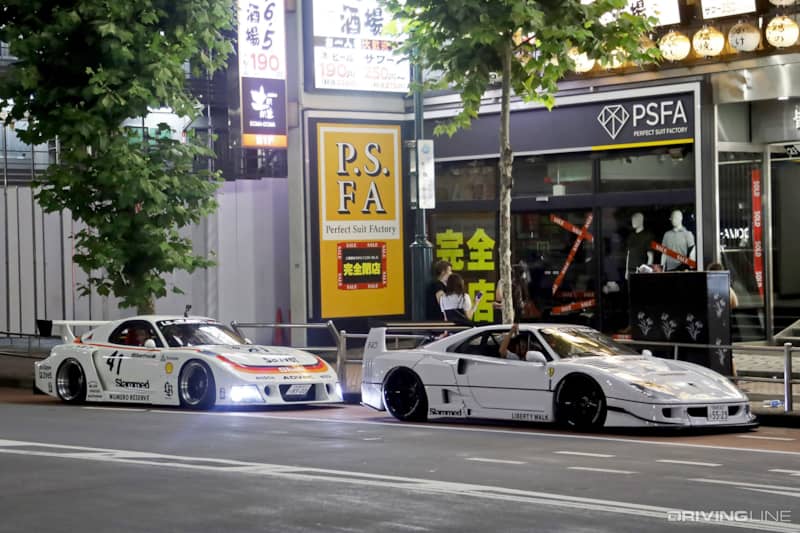
Andreas:
I think for sure the biggest trend of the 2010's has to be overfenders and bodykits. With groundbreaking builds like the Hoonicorn, which might be the most influential car of the decade, especially to me.
For the 2020's I think the biggest trend is definitely restomods, with companies like Singer showing what's possible. Especially in the Porsche world we have seen a bunch of takes on the early 911's but also more oddball cars like the 928 and 914 which are really cool to see.
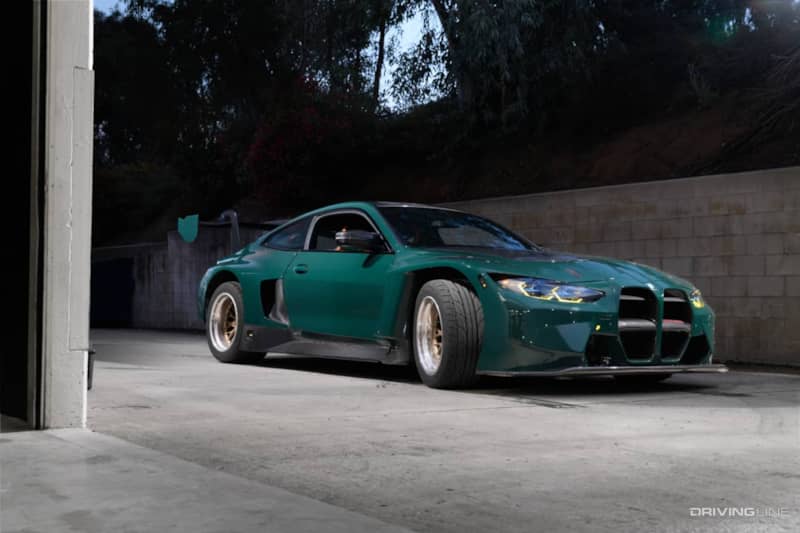
With so much of today’s car culture being defined and spread by fast-moving social media algorithms, do you think this has hurt the ability for any sort of lasting trend or style to emerge and mature?
Jon:
Social Media is double edged sword. The good side of it exposes a design trend to the masses, feeding lots of inspiration and creative ideas quickly and efficiently all day.
On the downside, I feel that because there are so much out there popping up one after another, the attention span now has gotten shorter than ever. This can overlook subtle but quality builds with tasteful details to those over the top builds banking on their shock factor with mediocre quality.
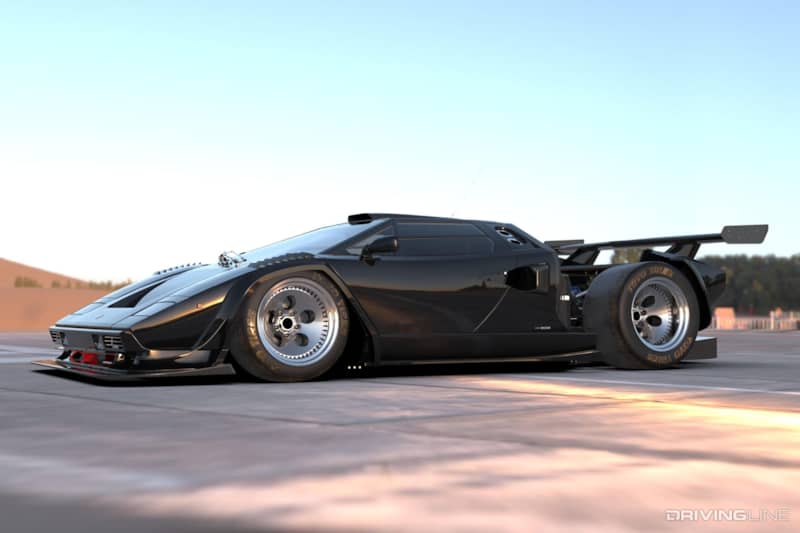
Andreas:
With social media we have been way more exposed to all kinds of car cultures around the globe, trends go globally much faster and people get inspired by builds across the world. It's hard to say if the trends mature, I think it's more of an organic process where good trends grow and stay, and the ''bad'' ones go away faster.
These days, where do you look mostly for inspiration?
Jon:
As an Automotive design artist, one of my inspirations will always be from Motorsports. Old or new race cars, it’s a good source of ideas for functional designs.
The future concepts are also another good resource to tap into for upcoming design languages that dictates the direction of future style trends.
Andreas:
I get inspiration from everywhere, real builds, Instagram, movies, finding a cool Hot Wheel, seeing a brochure or vintage ads. I love digging deep into obscure cars and find models, graphics and styling I've never seen before.
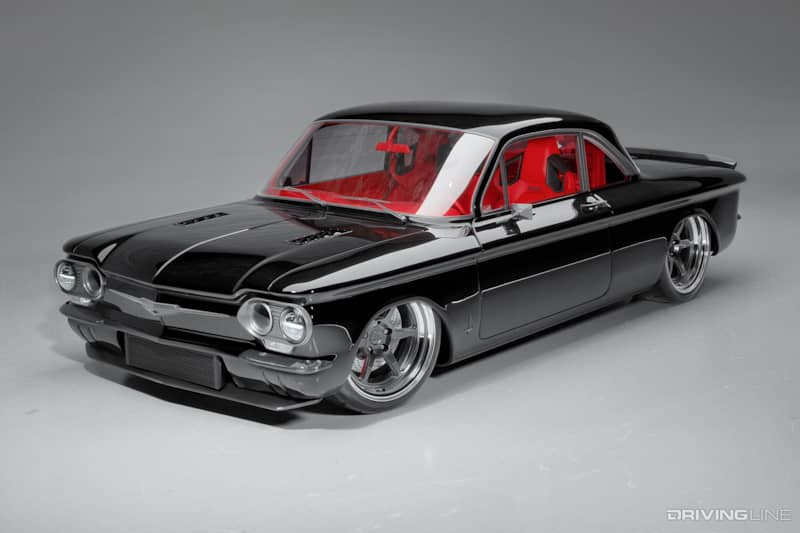
Do you think that having access to highly detailed, photorealistic renderings - either of real cars being built or of fantasy designs - has taken any of the excitement out of actually seeing the builds in real life?
Jon:
The main purpose of these is to give the builder a realistic representation of what their build can look like. For the fans, seeing the end goal of what is being built can generate discussions and engagements. It’s a great tool for marketing while securing design ideas. But as realistic as it can be, I don’t believe it can take away any excitement or ever replace seeing the build in real life.
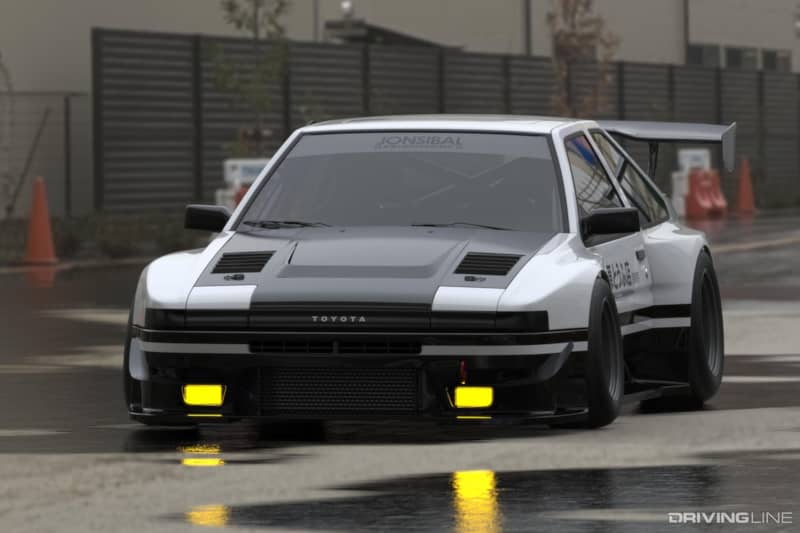
Andreas:
When it comes to realistic renderings, while my whole livelihood is from creating concept sketches, highly realistic renderings and 3D models. I still don't think there's anything cooler than seeing a car in real life, hearing it and seeing a insane builds on the street, next to other normal cars is always the coolest memory.
Some people prefer a more conceptual sketch to get the vibe of a car without nailing it down to the exact dimensions. It can also be very easy to make something look super cool on a sketch, tweaking the roof line and wheel size, but then it just doesn't work out in real life.
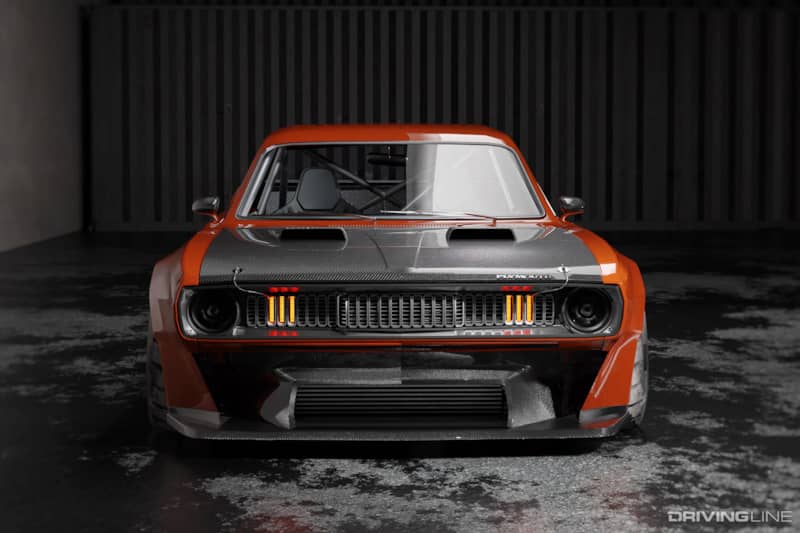
How important is having secrecy or a sense of surprise when creating or sharing a build?
Jon:
Creating a sense of surprise is one way to create excitement for any build. If the goal is to generate interest without revealing a full image of the build, then releasing teasers leading up to the full reveal will be the way to go. Releasing a concept rendering of a fully completed project followed by build progress photos can generate and sustain interest effectively.
The only way I feel that releasing a rendering of a fully completed build can be bad is if it the real life build ends up not looking as good as what was originally presented. The goal is to always have the real build look better than the rendering.
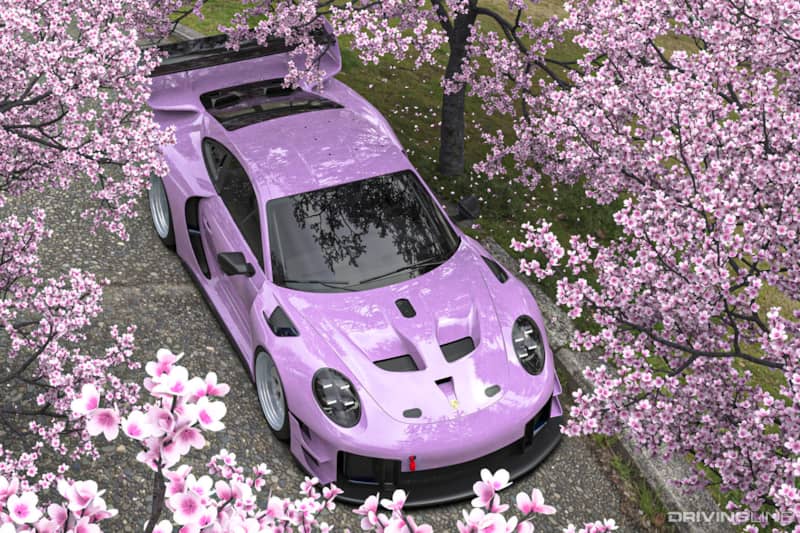
Andreas:
The secrecy or unveil aspect of a build is obviously a big moment for the builder. Some prefer to keep most of the build process under wraps until the car is unveiled, and some like to post most of it on social media and are more open about the whole process or even share the build renders early in the start stages to get some hype for it.
You will also see sometimes a car that’s been in the build process for 5-10 years and everything is based on the early concept from 10 years ago. It can already look outdated when it’s was just unveiled.
For most SEMA builds, it's easy to see what time period they were built, but the really good ones usually have a timeless look to them.
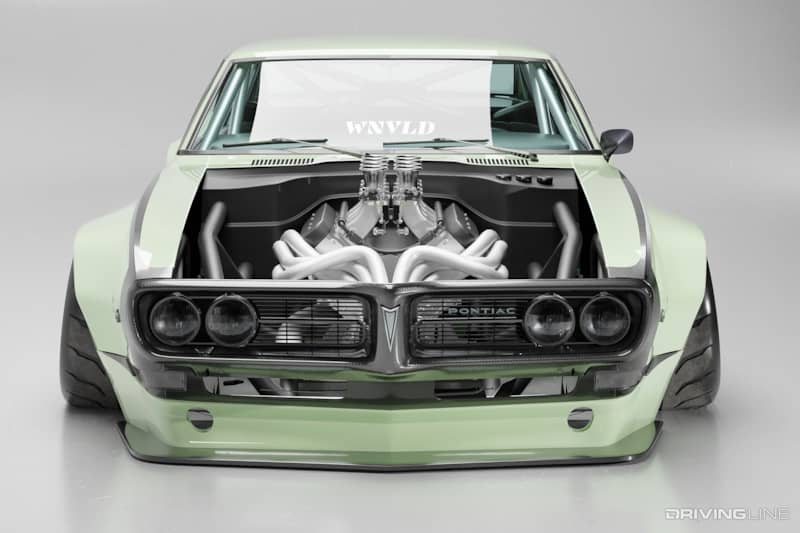
How has the growth of AI image rendering affected the industry so far? Do you worry that car designs will become something manifested by an algorithm rather than a human mind?
Jon:
AI has definitely shaken up the industry in many ways. I’ve seen Czinger Vehicle utilizing Human / AI design in their cars and it looks wild, some parts like their brake calipers looks almost alien-like. On the other side, I also have close personal artist friends stressed out about losing their jobs because execs are only concerned about the numbers.
It’s undeniable the speed that AI delivers. Will it eventually fully take over car designs without any need for human input? I’m not sure and honestly, I can’t really worry about it too much. I just hope we can all continue to stay creative along side whatever design technology comes up.
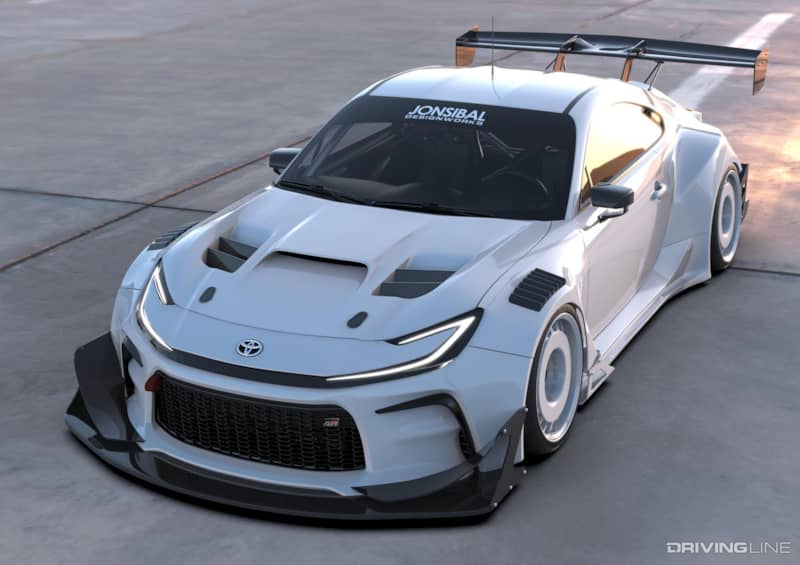
Andreas:
My view on AI is mostly that it's a new form of ''Googling'' where you can type in a search prompt and you will get exactly what you are searching for. It's more of a tool for designers to get quick input and try out ideas, but you will still need someone to guide or make decisions on the design.
Like with photography, everyone now has an insanely good camera in their pocket. That doesn't mean everyone’s a good photographer or has good taste.
Hopefully AI and new production techniques will let car brands experiment more with exciting new cars and let's hope every car doesn't just turn into an Apple mouse.
More From Driving Line
- Not feeling old enough yet? Here's a look back at the performance and price evolution of the Ford Mustang GT.




